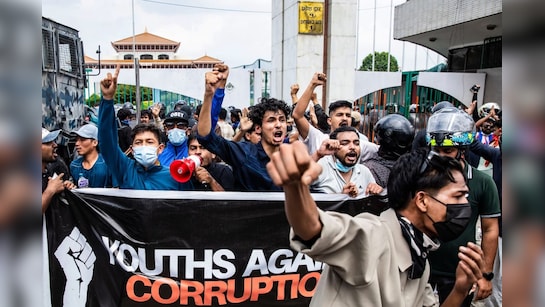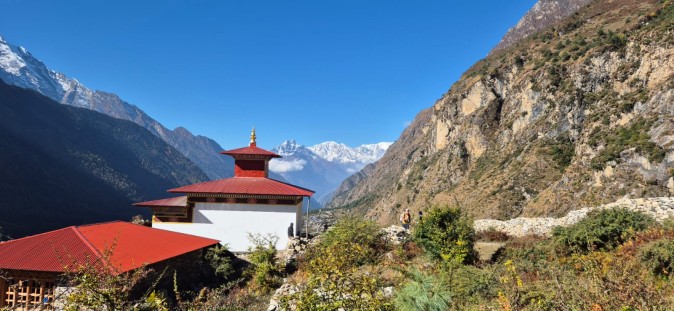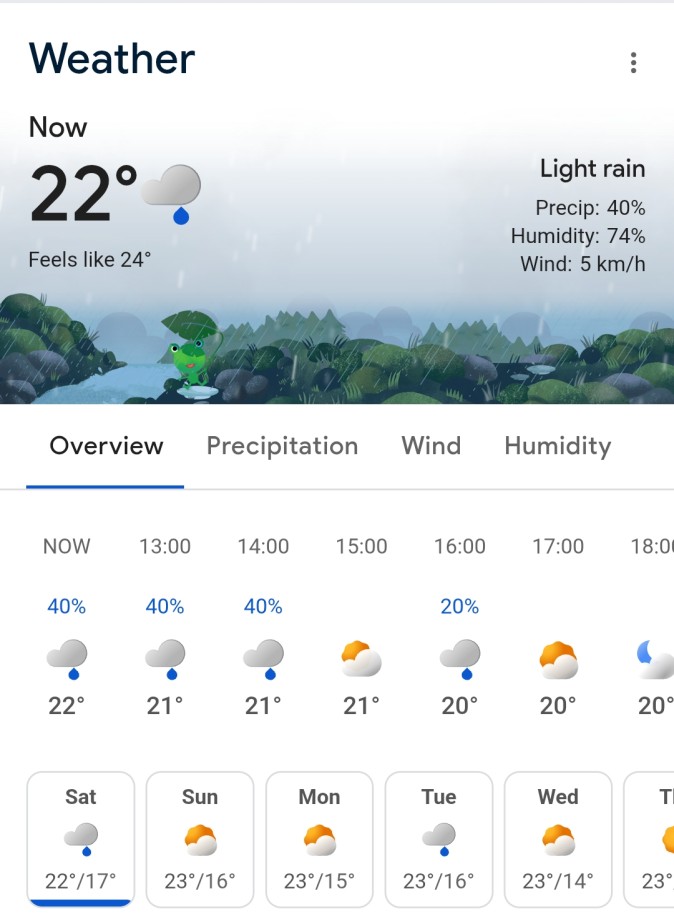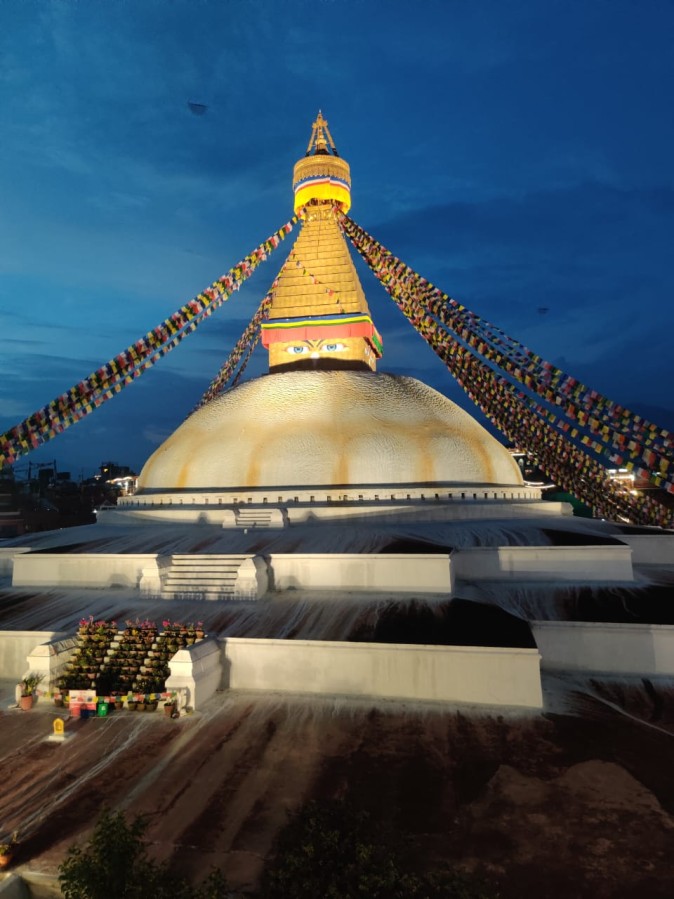Kathmandu, Nepal
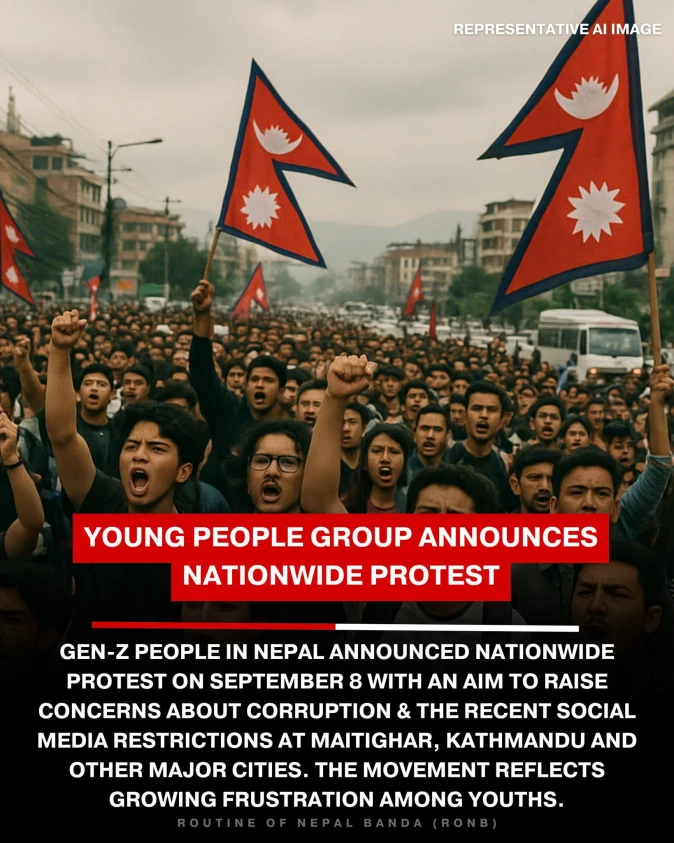
08 Sept. 2025
“Namaste, friends!
Today I’ll be talking about something big that’s happening right here in Nepal: major political shifts, youth uprising, and what it might mean for the future of our country. I’m going to walk you through what’s happened, why it’s important, and what to look out for. So settle in — let’s go.”

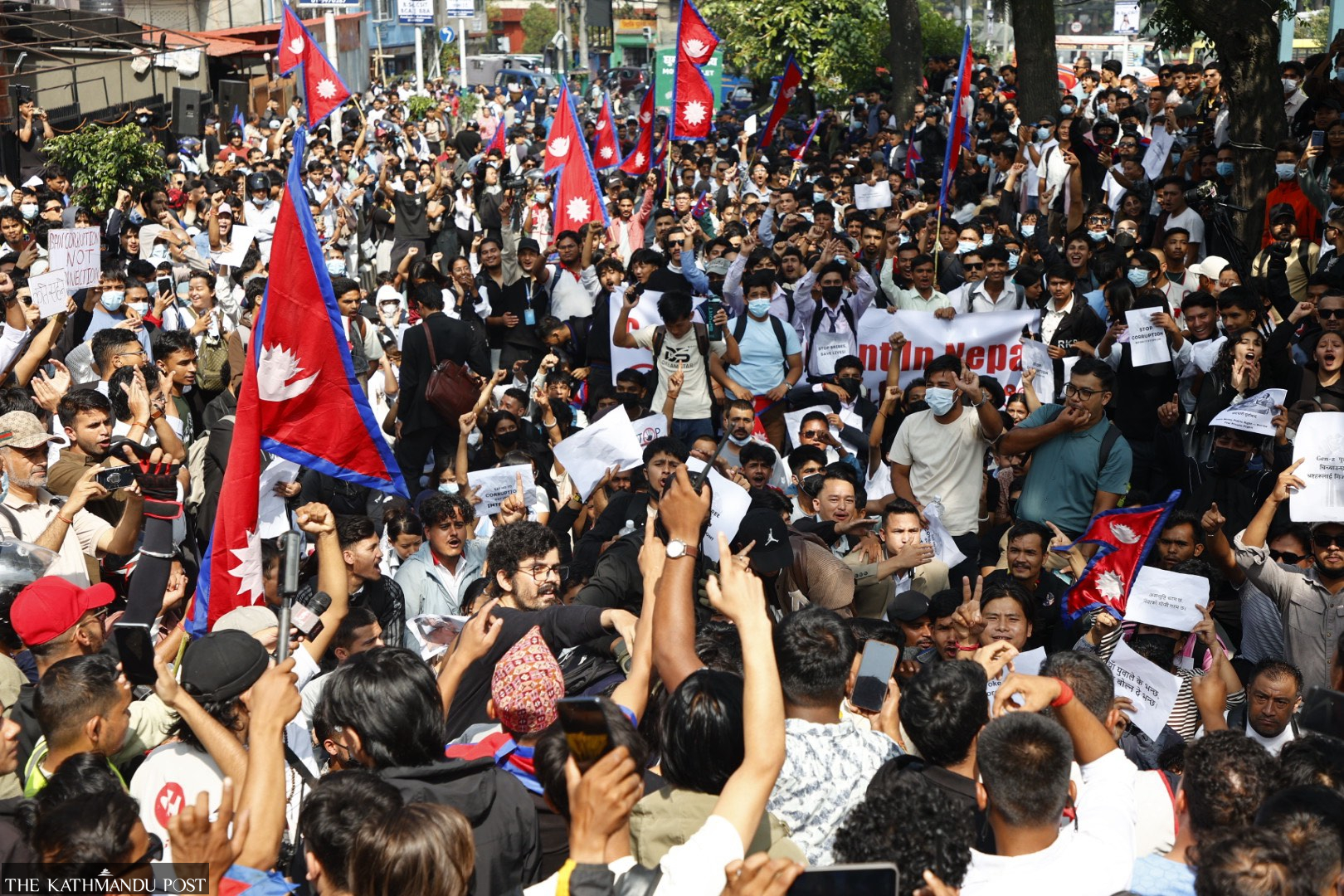
What’s happening ? the recent shake-up:
-
On 8 September 2025, a set of events triggered something few saw coming: a government ban on 26 social-media platforms (among them major ones) was imposed—ostensibly because the companies were not registered in Nepal. East Asia Forum+3Index on Censorship+3Asian Network for Free Elections+3
-
That ban became the spark—but beneath it there were deeper frustrations: corruption, stagnating economy, youth unemployment, lack of trust in the old political class. Atlantic Council+2East Asia Forum+2
-
Thousands of mostly young Nepalis (often called “Gen Z”) took to the streets across cities — demanding accountability, transparency, democracy. ThinkChina+1
-
The protests turned violent: security forces used tear gas, water cannon, rubber bullets and in some cases live rounds; dozens of people died and hundreds were injured. Asian Network for Free Elections+1
-
On 9 September 2025, the then-Prime Minister K. P. Sharma Oli resigned. The New Humanitarian
-
On 12 September, former Chief Justice Sushila Karki was sworn in as the interim Prime Minister, becoming Nepal’s first woman to hold the office. Asian Network for Free Elections+1
-
Parliament was dissolved and snap elections have been called (for March 2026) under this interim arrangement. Wikipedia+1
Why it matters ?
-
This isn’t just “another change of government”. It signals a generational shift. The youth spoke — and the old political order was shaken. Carnegie Endowment+1
-
Economically, Nepal has been under pressure: remittance-dependence, youth unemployment, stagnant opportunities. These are the fault-lines. Atlantic Council
-
Regionally, because Nepal sits between giants (India & China) and is a development pivot, this political instability has wider implications for South Asia. TRT World+1
-
Politically, this shows that large parts of the citizenry are unwilling to accept business-as-usual. They want reform, not just a change in faces. East Asia Forum



The challenges ahead!
-
The interim government must deliver: free & fair elections, credible institutions, meaningful accountability. Without that, the moment may fade. Nepal News+1
-
The old elites and party machinery still hold much of the power – changing structures is far harder than changing leaders. Al Jazeera
-
Whether the youth momentum can be transformed into sustained political engagement (rather than a one-off protest) remains unclear. Asian Network for Free Elections
-
Civic space and rights are under pressure: protests saw heavy handed response, press freedom concerns remain. Civicus Monitor
What this means for you and me ?
-
For youth: this is a moment of opportunity. If you’re under 30 and thinking “what can I do?”, now’s a time to engage — not just with hashtags, but with real civic participation.
-
For everyday Nepali life: reforms may bring positive change — less corruption, better public services, more accountability — but also risk instability, policy uncertainty, and disruption in the interim.
-
For us in Patan/Bagmati region: monitoring local politics matters. The ripples are national, but they affect us in our towns, neighbourhoods, jobs, access to services.
-
For watchers of the world: Nepal’s experience may mirror other countries where youth + digital media + economic frustration = serious political shift.
My take:
I believe we’re seeing a watershed moment for Nepal. Whether it becomes a turning point or a fleeting episode will depend on how well the interim government manages the transition, how meaningfully the youth engage, and whether institutions adapt rather than just being reshuffled.
What to watch?
-
How the interim government handles election preparations, transparency in the process.
-
Whether major political parties reform themselves (change leadership, open up, become more responsive).
-
How the economy performs: youth jobs, remittances, investment.
-
The role of digital media & youth activism: will it mature into structured political participation or remain reactive?
-
Nepal’s foreign relations: whether India/China responses shift, and how Nepal navigates that.

